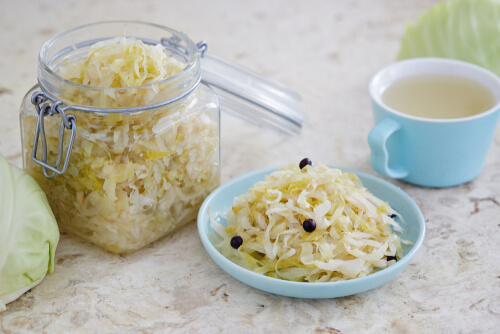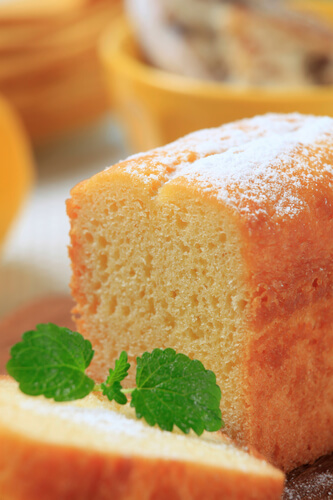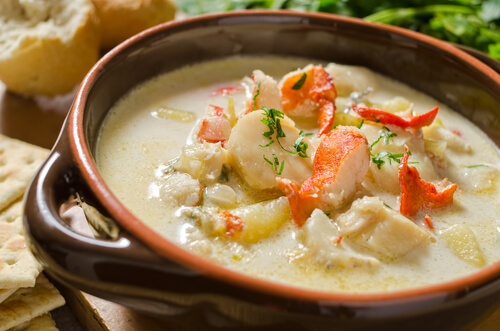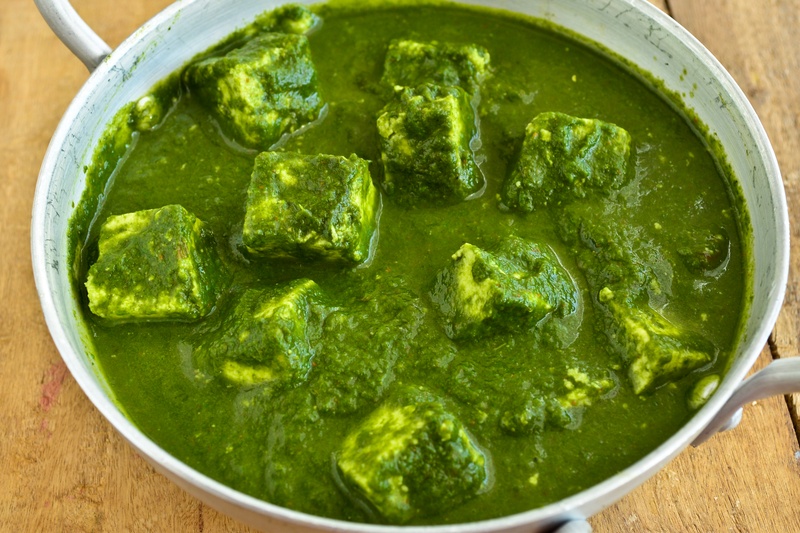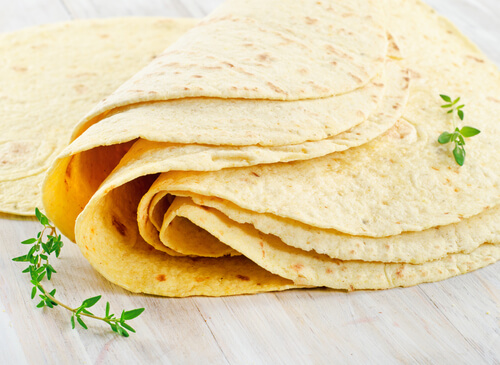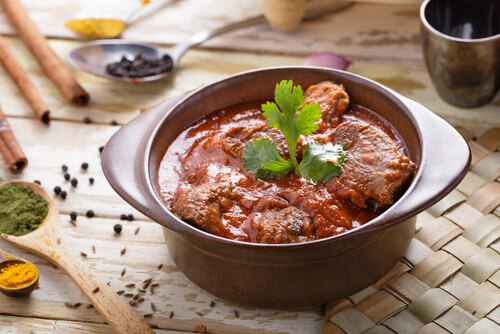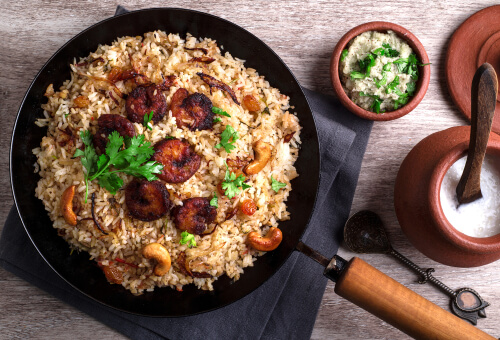Ingredients
- 2 heads of cabbage (about five pounds)
- 1/4 cup of salt
- 2 tbsp caraway seeds (optional)
- fermentation crock with weight
- 1 1/2 gallon size mason jars with fermentation weights and airtight lid
How to Make Sauerkraut
Trivia Fermented foods have a long history in numerous societies, with sauerkraut being a standout amongst the most popular traditional, fermented dish of cabbage. The Roman journalist Cato (in his De Agri Cultura) and Columella (in his De re Rustica) also specified fermenting cabbages and turnips with salt. |


